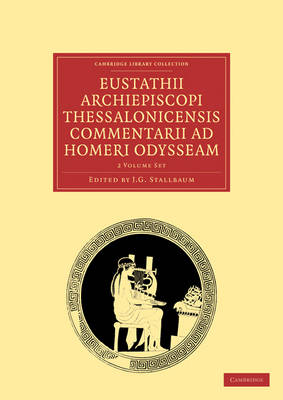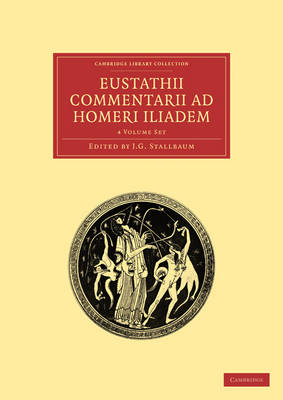Cambridge Library Collection - Classics
5 primary works • 8 total works
Volume 1
Eustathii Archiepiscopi Thessalonicensis Commentarii ad Homeri Odysseam: Volume 1
by Eustathius
Volume 2
Eustathii Archiepiscopi Thessalonicensis Commentarii ad Homeri Odysseam: Volume 2
by Eustathius
Volume 2
Volume 3
Volume 4
Eustathii Archiepiscopi Thessalonicensis Commentarii ad Homeri Odysseam 2 Volume Paperback Set
by Eustathius


